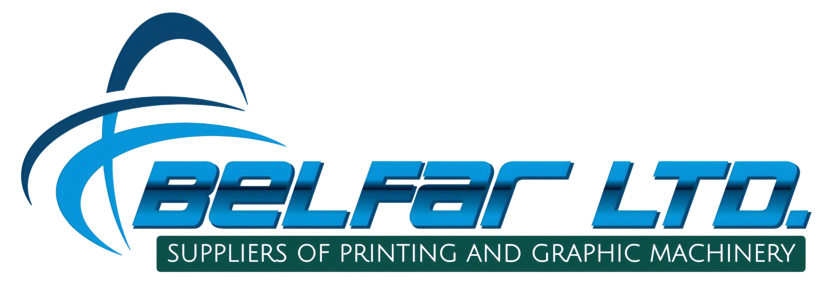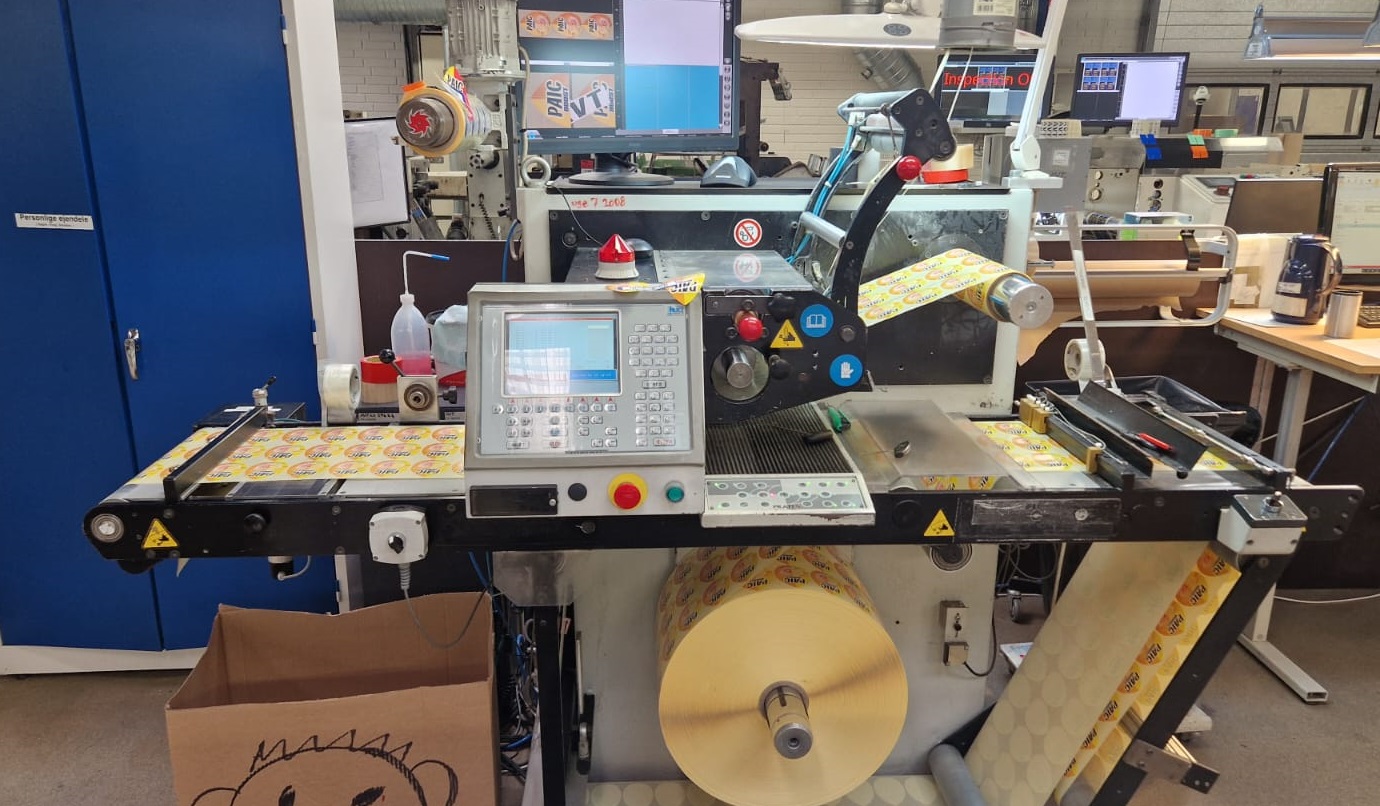You Have Surplus Machinery. Now What?
In many established printing facilities, it’s a common sight: a backroom or corner of the warehouse occupied by an older, surplus printing press or piece of graphic equipment. This machinery, once a vital production asset, now sits idle, taking up valuable floor space while its value depreciates with each passing day. The decision to sell this equipment is a proactive business move, transforming a non-performing, depreciating asset into liquid capital that can be reinvested into new technology, marketing initiatives, or other growth-focused areas.
Once the decision to sell is made, several paths are available. A private sale, often attempted through local contacts or online forums, can sometimes yield a higher price but requires a significant investment of time and effort from the seller, who must manage all marketing, negotiations, and logistics. Auctions can be faster but often result in a lower final price and less control over the process. The third option, partnering with a specialist dealer, offers a streamlined, professional alternative. While the offer may be less than the highest possible private sale price, a reputable dealer eliminates the complexities and risks, providing a fast, efficient, and hassle-free transaction.
Preparing Your Machine for a Top-Value Sale
Just as with selling any high-value asset, proper preparation can significantly impact the final sale price and the speed of the transaction. A well-presented machine with a clear history inspires confidence in potential buyers and demonstrates that the equipment has been well-maintained.
The first and most crucial step is to gather all relevant documentation. This includes the original operating manuals, a complete history of maintenance logs, and any service records detailing repairs or part replacements. This paper trail is invaluable as it provides verifiable proof of the machine’s upkeep. Next, invest time in presenting the machine properly. A thorough cleaning to remove dirt, ink, and grime can dramatically improve its appearance. If the machine is still operational, take high-quality photographs and videos of it running. This visual evidence is one of the most powerful selling tools, proving the machine’s functionality to distant buyers. Be transparent and upfront about the machine’s condition, including any known defects. Honesty builds trust and prevents complications later in the sales process.
The Elephant in the Room: Dismantling and Logistics
Here lies the single greatest challenge for most businesses looking to sell a piece of heavy industrial machinery. Selling a printing press is not like selling a car; it is a complex engineering and logistical project that is often underestimated. The process of safely dismantling, removing, and transporting a multi-ton press is fraught with risk and requires specialized expertise and equipment that few printing companies possess.
The logistical barrier is often so significant that it deters businesses from even attempting to sell their surplus equipment, leading them to let the assets depreciate to zero value. The perceived hassle, cost, and potential for disruption to their ongoing operations outweigh the expected financial return. This process requires a team of skilled engineers with specific experience in printing machinery to safely disconnect electrical, pneumatic, and hydraulic systems and to disassemble the machine in a way that preserves its integrity for reassembly. It then requires a specialized rigging crew using equipment like gantries, industrial forklifts, and airbags to lift and move the components out of the building, often through tight spaces. Finally, it involves coordinating with heavy haulage transport companies to ensure the asset is properly secured and shipped. For a business whose core competency is printing, managing this multi-faceted project is a daunting and distracting undertaking.
This is where the value proposition of a full-service dealer becomes transformative for the seller. A company like Belfar Ltd doesn’t just write a cheque for the machine; it takes on the entire logistical burden. The seller is not required to find, vet, and manage separate teams of engineers, riggers, and shippers. Instead, Belfar’s highly experienced and trained engineering team arrives on-site to manage the entire extraction process—from professional dismantling to final transport. This comprehensive service turns a complex, high-risk project into a simple, seamless transaction for the seller.
Why Partner with Belfar Ltd? A Seamless, End-to-End Solution
Partnering with a specialist like Belfar Ltd offers a clear and compelling set of advantages for any business looking to liquidate surplus printing and graphic equipment. The benefits create a seamless, efficient, and profitable experience:
- Fair Market Valuation: With a global network of buyers and sellers, Belfar possesses deep market knowledge, ensuring that the offer for your equipment is fair, competitive, and reflective of current international values.
- A Single Point of Contact: The seller avoids the immense administrative burden of coordinating multiple contractors. Instead of juggling schedules and invoices for engineers, riggers, and freight companies, you deal with one professional partner who manages the entire process.
- Zero Logistical Headaches: Belfar’s “complete service” model means their team handles the entire physical removal of the This eliminates the seller’s risk and responsibility for a complex and potentially dangerous process.
- Minimized Business Disruption: The removal is conducted efficiently and professionally, minimizing the impact on the seller’s day-to-day operations.
- Global Reach: Belfar buys machinery from all over the world, providing access to a global market for your equipment and ensuring it finds a new home where it can continue to be a productive asset.
Turn your surplus machinery into working capital without the logistical headaches. Contact Belfar Ltd for a professional appraisal and discover the simplest, most efficient way to sell your used printing and graphic equipment.



